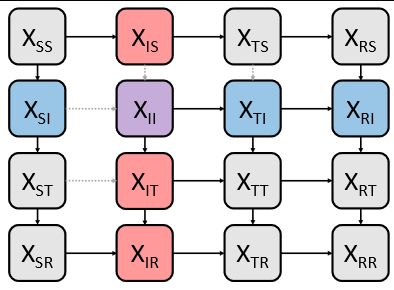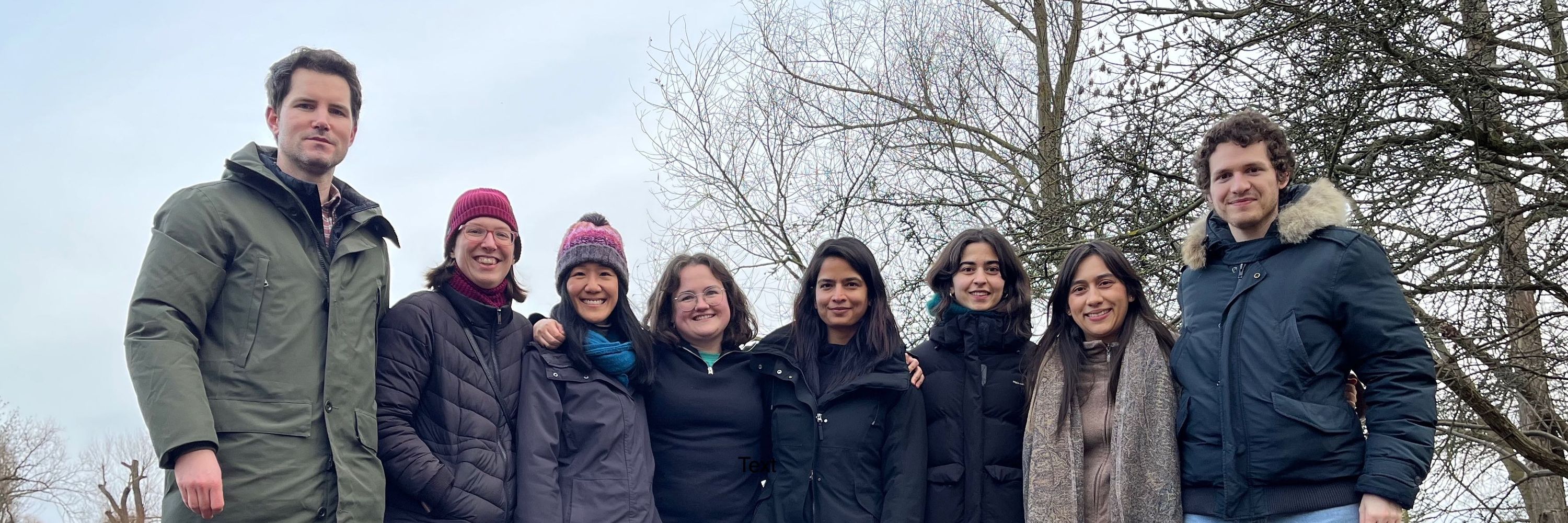
Website: https://www.mpiib-berlin.mpg.de/1953092/Infectious-Disease-Epidemiology
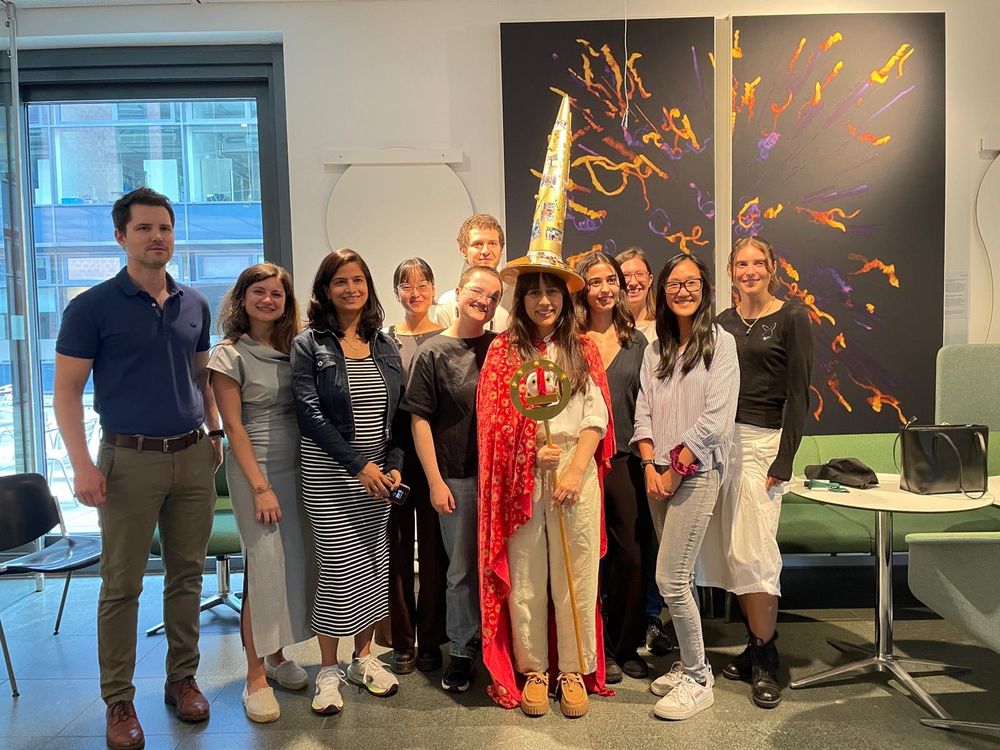
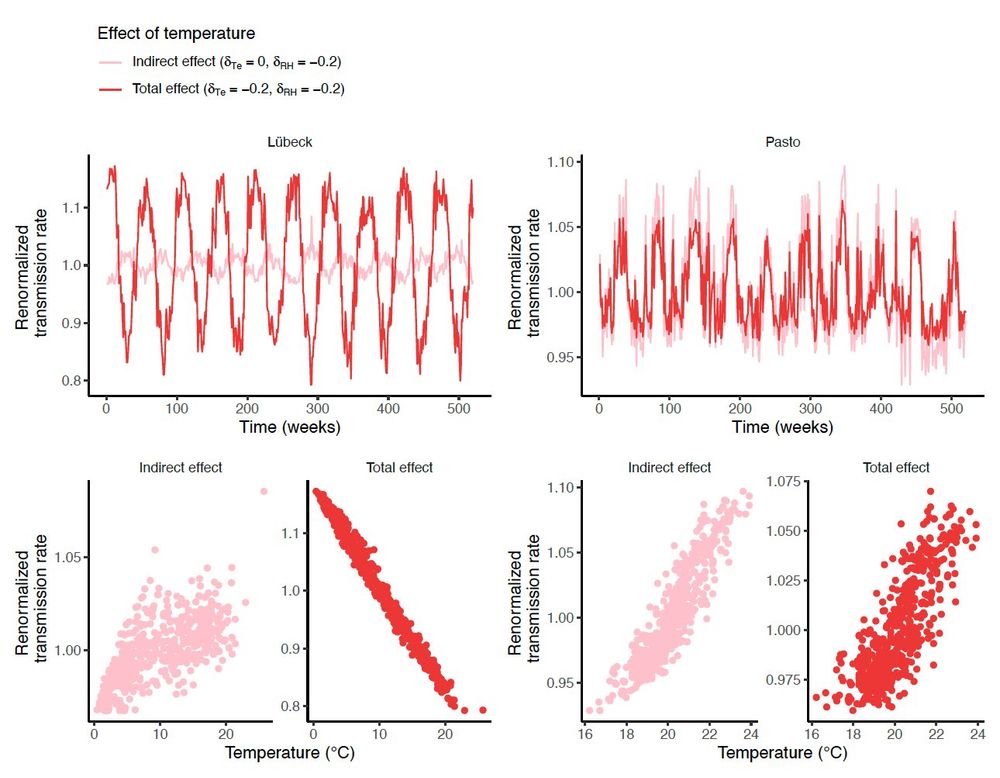
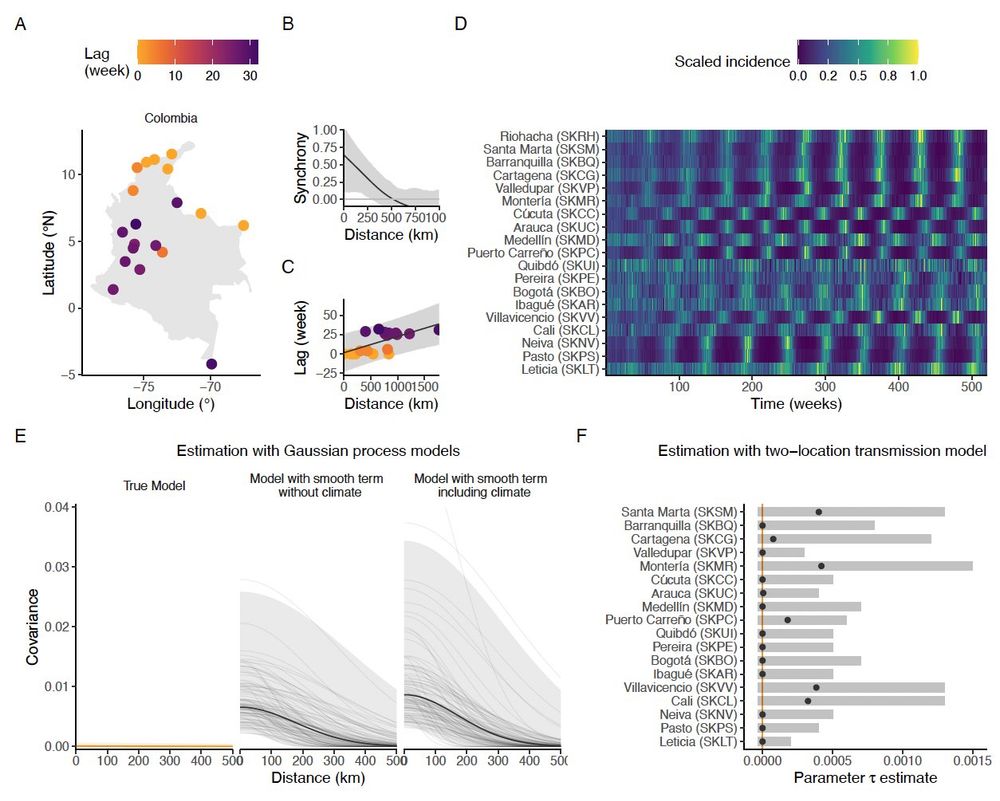
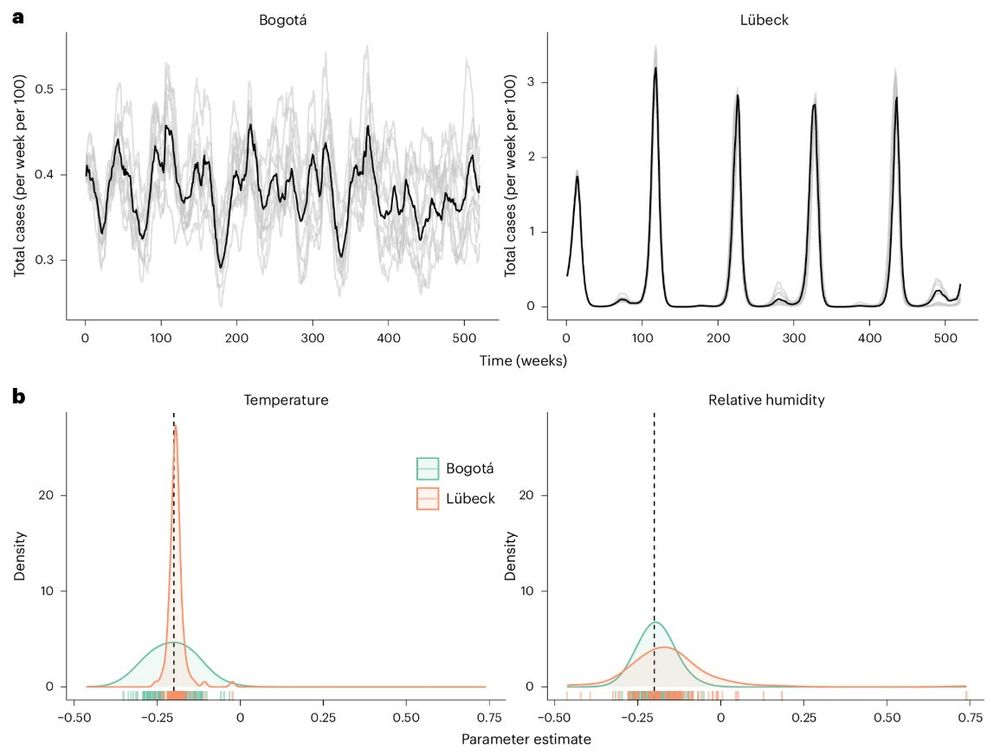
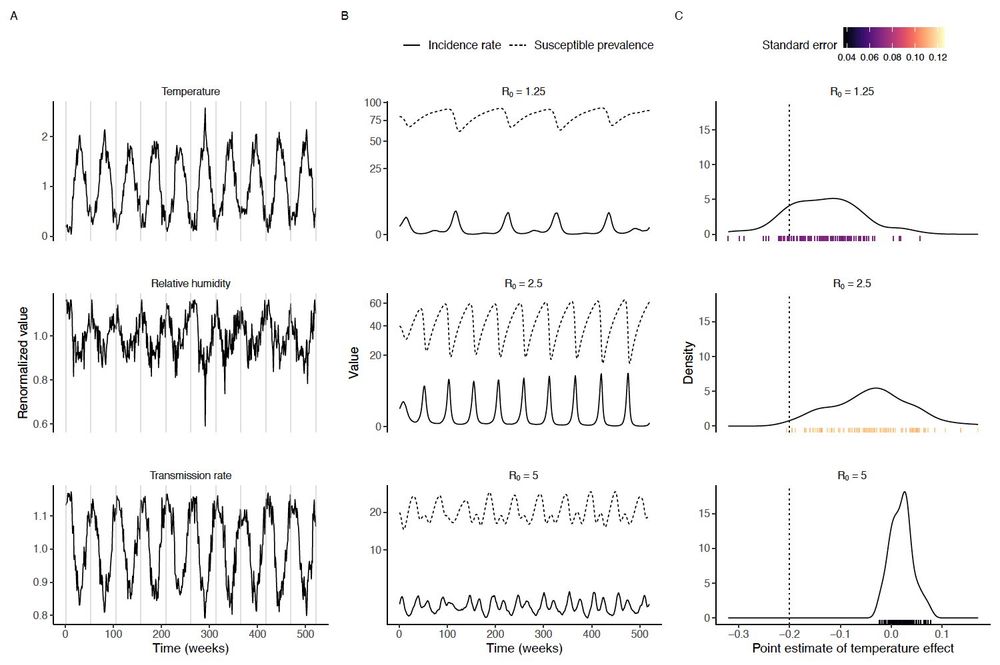
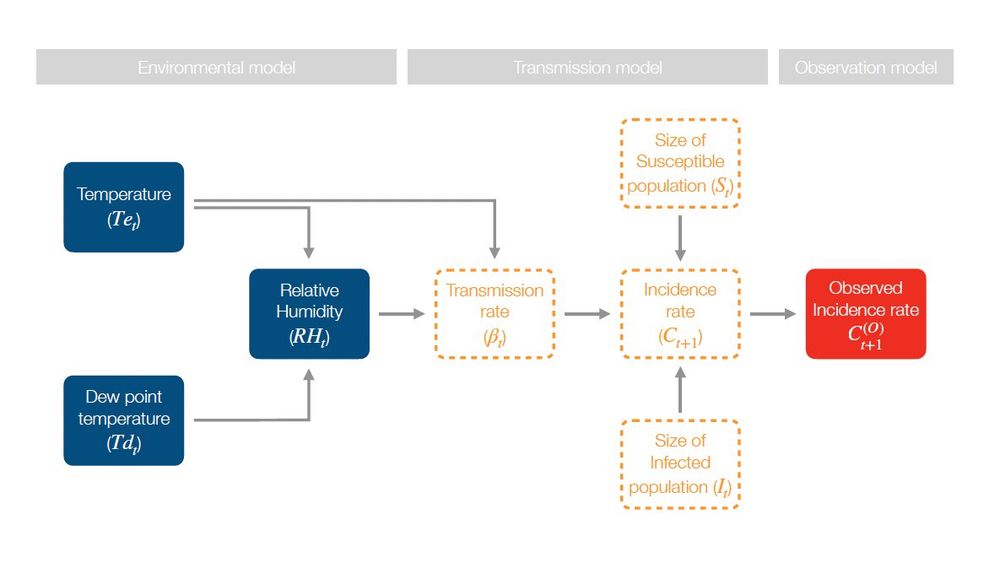
Which age groups socialize with which age groups substantially impacted the optimal ages, shifting the optimal age by up to 7 months.

Which age groups socialize with which age groups substantially impacted the optimal ages, shifting the optimal age by up to 7 months.
Increased vaccination leads to reduced transmission, reducing the risk of catching measles before getting vaccinated. A 10 % point increase in vaccine coverage increased the optimal age by 0.6 months.
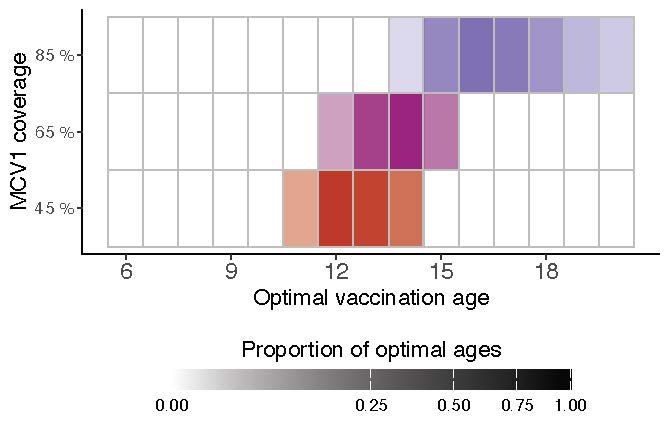
Increased vaccination leads to reduced transmission, reducing the risk of catching measles before getting vaccinated. A 10 % point increase in vaccine coverage increased the optimal age by 0.6 months.
Increased transmission increases the risk of getting infected before vaccination, shifting the minimal overall risks to younger ages. Moving from low to high transmission decreased the optimal age by 3.7 months.
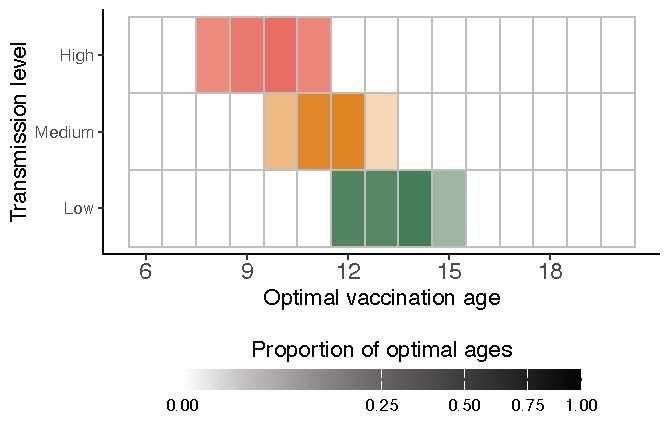
Increased transmission increases the risk of getting infected before vaccination, shifting the minimal overall risks to younger ages. Moving from low to high transmission decreased the optimal age by 3.7 months.
The later a child is vaccinated, the more likely the #vaccine will protect them against measles, but this risks the child getting measles before being vaccinated.

The later a child is vaccinated, the more likely the #vaccine will protect them against measles, but this risks the child getting measles before being vaccinated.


